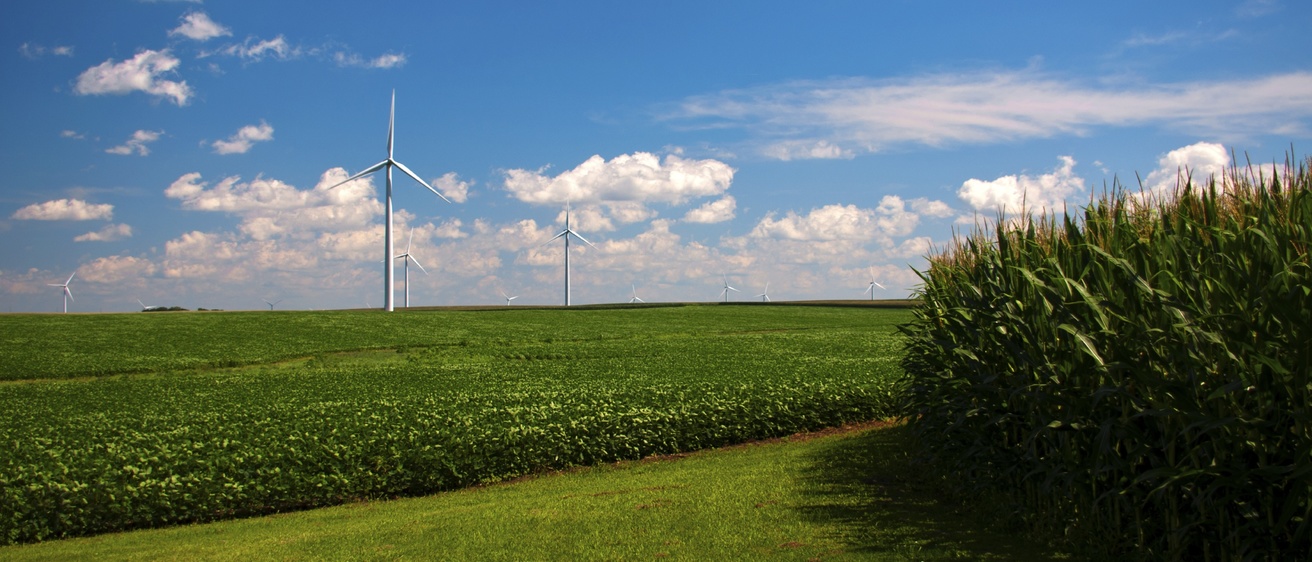Johna Leddy (Chemistry, CLAS) is very enthusiastic about the possibility of improving electrochemical systems such as batteries and fuel cells to provide energy and fuels with greater efficiency. “We might be able to build a low temperature fuel cell that runs on alcohol,” says Leddy, who was a Fall 2013 Obermann Fellow-in-Residence. “It could make us less dependent on foreign oil and processes like fracking.” Alcohol-based fuel cells provide electrical energy from corn products.
Leddy has been working with micromagnets since she arrived at the University of Iowa in the early 1990s. Magnets appeal to her because she says, “I like to take the fundamental things I’ve learned and push them to some place they haven’t been before. I examine them and think, ‘How can I make this more efficient?’”
Lab Holds Patents on Magnetoelectrocatalysis
As the head of a lab of “five and a half” graduate students, Leddy holds numerous patents on magnetoelectrocatalysis to improve performance of batteries, fuel cells, photoelectrochemical hydrogen generators, and dye sensitized solar cells. This fall, she has been working on patent disclosures and a National Science Foundation grant to further their work.
Their goals are to understand fundamental effects and to make electrode reactions faster and more efficient. Usually, this is done through a chemically designed catalyst, but Leddy is interested in manipulating the system physically by introducing micromagnets, which are 0.5 to 5 micrometers in diameter, or roughly 1/100th the diameter of a strand of human hair.
Faster, More Efficient Batteries
If a faster, more efficient electrode can be transported into an electrochemical system, such as a battery, then that battery becomes more efficient—as much as 40 percent more efficient.
“We have batteries everywhere, but they are limited in how much energy they can contain and a lot of that energy is lost to bad kinetics,” says Leddy. If you’ve removed a battery just after it has been in use and felt the heat, this is an example of energy that is wasted and that could be recouped in a more efficient system.
Ultrasound is Another Alternative
Alternative to micromagnets, Leddy and her students are exploring sonoelectrocatalysis, the use of ultrasound to irradiate a thin layer of electrolyte so as to enhance electrochemical rates. This approach can also be used to improve batteries and other electrochemical energy systems.
Leddy thinks that sonoelectrocatalysis may allow catalysts such as platinum to be replaced with less noble metals. This would be a boon since platinum is both expensive and relatively rare; it comes largely from South Africa and Siberia, so as Leddy notes, “We’re not exactly guaranteed access to it.” If a less precious metal could be activated, however, then it might be a commercially attractive alternative to platinum, one that could improve efficiencies.
Impact for Iowa
For Iowa, more efficient electrochemical energy systems could have a potentially large impact. Iowa generates 25 percent of its electricity from wind energy (DOE), ranking just behind Texas and California in total capacity (American Wind Energy Association). Electrical energy from wind energy is well stored in efficient batteries. Iowa is the third largest agrarian producer—again, after California and Texas (USDA)—and first in corn production (USDA). Iowa is the largest producer of ethanol and provides approximately 27 percent of the nation’s ethanol fuel (US EIA).
A low temperature ethanol fuel cell would exploit ethanol as a more effective transportation fuel and reduce greenhouse emissions. In the United States, approximately 30 percent of energy is consumed for transportation (US EIA). Arizona has the highest average solar radiation, and Iowa, typical of most of the U.S., has 75 percent of Arizona’s flux (US NREL). Simple photoelectrochemical and photovoltaic systems for generation of energy and fuel have limited efficiencies, but simple systems with efficiency enhanced by 40 percent would alter energy generation in Iowa and worldwide. Leddy views this change as very possible and not entirely far off.
Leddy, who was a recent finalist for the Iowa Women of Innovation awards, is heartened that the federal government reported last year that the amount of energy we get from oil versus renewables changed by one percent in favor of renewables. “That’s a significant change,” she says. “I think there’s real possibility for us to change how energy is stored and covered worldwide.”
